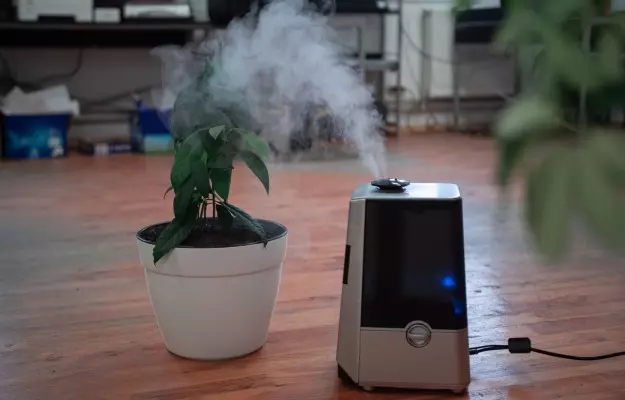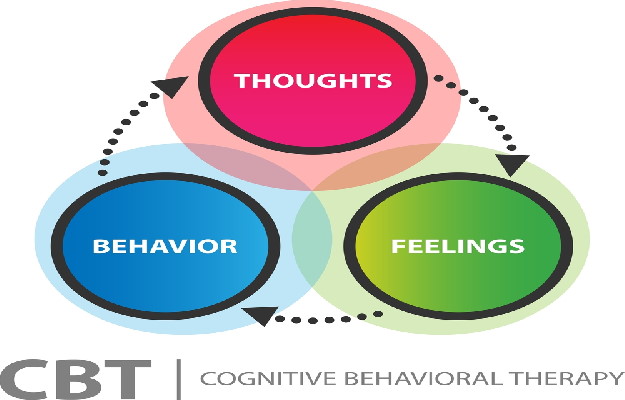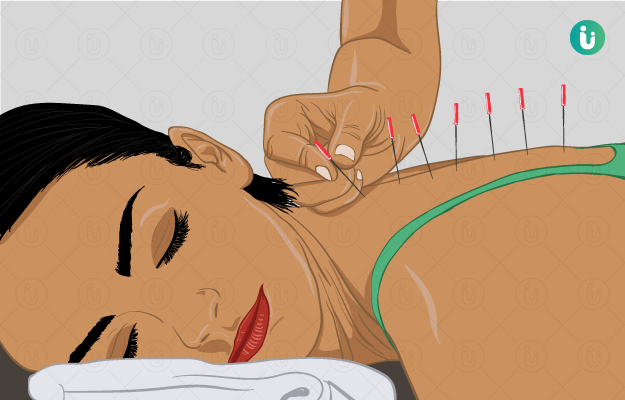Dry air can irritate the nose, throat, skin and lips. No wonder then that in the hottest summer months in the Indian plains and the coldest months in our mountains, dryness causes problems like cracked skin, chapped lips, throat irritation and sinus issues.
A humidifier is a simple machine that produces steam or a mist to increase humidity, to a more comfortable level in these conditions.
It is especially recommended as a home remedy for conditions like dry cough, nosebleeds, chapped lips, common cold, dry hair, eczema, migraine (add a few drops of peppermint essential oil to the water in your humidifier for this), dry eyes, chest congestion, sinusitis, bronchitis and sleep apnea. (Read more: Home remedies for the common cold)
Doctors also recommend the use of a humidifier after some surgical procedures like a tracheotomy (to insert a breathing tube into the throat).
When used correctly, humidifiers are gentle enough to be used as a home remedy for congestion, cradle cap (crusty scalp) and common cold in babies, without the side-effects of medicines.
Humidifiers and dehumidifiers have been suggested as an aid in the treatment of COVID-19 by some scientists who feel that humidity between 40% and 60% may be ideal to help the body get rid of viruses, but much more research needs to be done to verify this claim. To be sure, several COVID-19 symptoms mimic those seen in the flu: sore throat, dry cough and a runny nose. A humidifier could help to ease some of these.
The cost of a portable humidifier can vary from Rs300 from the small, personal use mist makers to just under Rs 1 lakh.
There are many types of humidifiers and each type has its pros and cons. However, let us first look at whether getting a humidifier is a good idea.

































